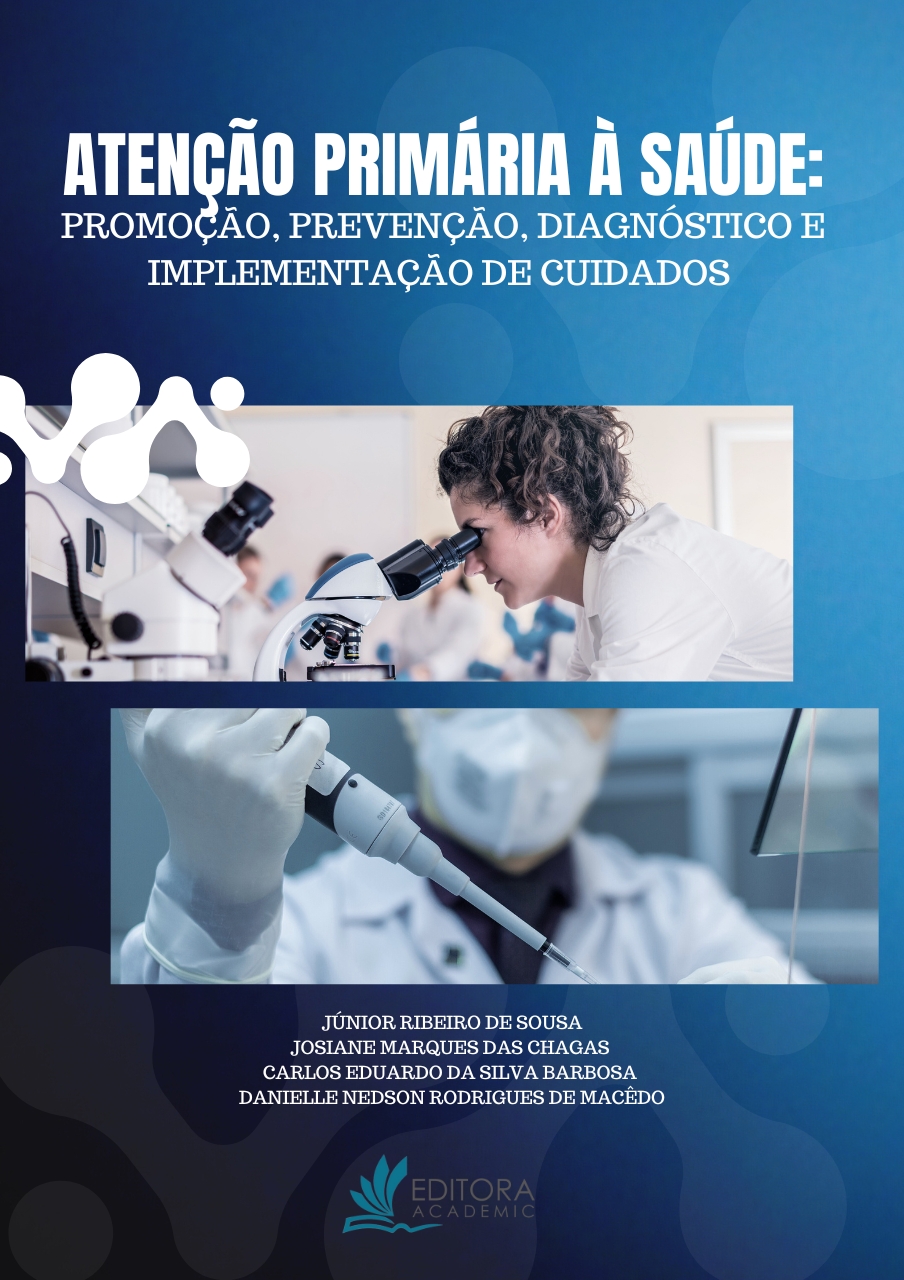
Objetivo: Abordar, através de uma revisão de literatura, a técnica do Tratamento Restaurador Atraumático (ART), analisando seu contexto de prevenção e promoção de saúde na sociedade. Metodologia: Realizou-se uma busca bibliográfica através dos bancos de dados eletrônicos Biblioteca Virtual em Saúde (BVS), SciELO, Lilacs. Medline e PubMed, utilizando os descritores: Tratamento Dentário Restaurador Atraumático, Cárie Dentária e Saúde Bucal. Foram incluídos 28 artigos que atenderam aos seguintes critérios: estreita relação com o tema, texto completo disponível e publicado nos últimos 10 anos, na língua inglesa e portuguesa. Os artigos que não se adequaram, foram desconsiderados. Resultados e Discussão: De acordo com a literatura, o Tratamento Restaurador Atraumático (ART) é um método que evita o uso de instrumentos rotatórios, utilizando apenas manuais cortantes, evitando o uso de anestesia e isolamento absoluto, seguindo princípio da mínima intervenção. Trata-se de uma abordagem menos invasiva conservando o máximo de tecido saudável, sendo restaurado posteriormente com Cimento de Ionômero de Vidro (CIV). Os profissionais da saúde lidam diariamente com inúmeras dificuldades presentes no Sistema Único de Saúde (SUS), assim a técnica ART se torna uma importante aliada na promoção em saúde, favorecendo as comunidades carentes, onde os materiais adequados para o tratamento restaurador são escassos. Assim, sendo utilizado em casos em que o tratamento odontológico de rotina não pode ser realizado devido à falta de acessibilidade a uma clínica odontológica. Além de ser uma técnica que possui algumas indicações clinicas que envolvem bebês e crianças, pacientes especiais, gestantes, pacientes hospitalizados e povos indígenas. Considerações Finais: É possível compreender que o ART é uma das grandes indicações pela literatura, confirmando sua atuação em diferentes ambientes onde a saúde bucal seja de difícil acesso. Além de apresentar qualidade comprovada para restauração e paralisação de lesões cariosas e da sua função terapêutica preventiva, sendo adequada para diversos grupos.